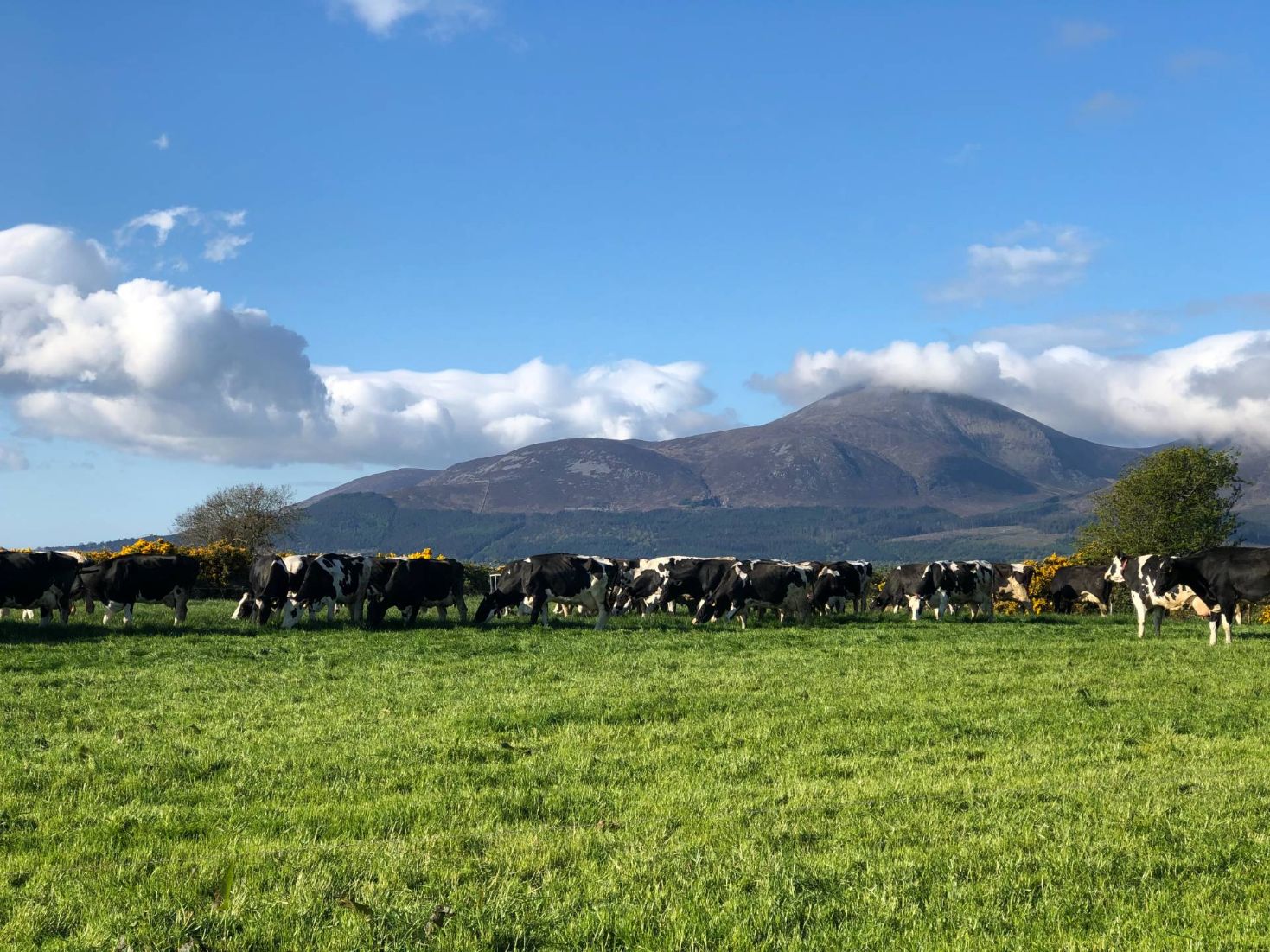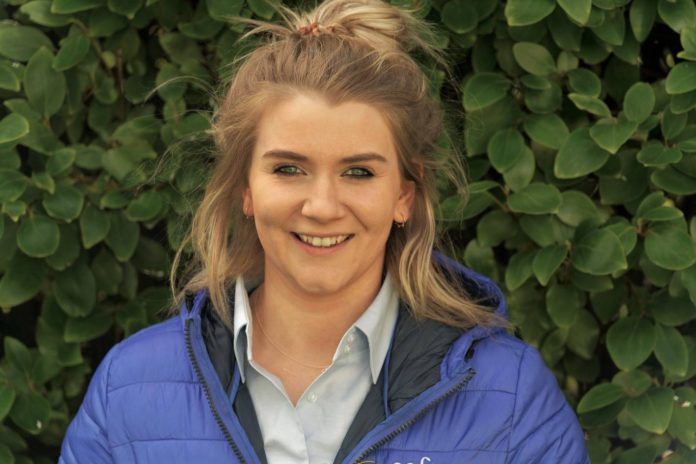In this article, Anna Truesdale, agri-environment adviser with CAFRE, highlights top tips for sustainable dairy farming.
Where there is a production efficiency gain, this will result not only in an environmental gain, but also in a financial gain on-farm.
Soil is one of our greatest assets, and healthy soils will play a huge part in the future of sustainable agriculture.
To improve soil health, aim to soil test at least 25% of the farm every year.
A farmer can use this information to create a Nutrient Management Plan, which will outline crop nutrient requirements based on the current soil fertility.
Maximising efficiency of slurry use through LESSE (Low Emission Slurry Spreading Equipment) and fertilisers using Nutrient Management Planning is critical, both from an environmental perspective and from the profitability angle.
Sward management to include clover or other nitrogen (N)-fixing legumes will help reduce N-fertiliser requirements on-farm.
Improving sward management through grass measuring/grass budgeting and improving grazing infrastructure will also help dairy farmers increase their grass utilisation without increasing fertiliser inputs.
Recent research from AFBI highlighted that 43% of Northern Irish soils (excluding rough grazing) are under-limed.
The study indicated a potential increase in grass dry matter production of 1.73 million tonnes over the next five years if a farmer corrects a soil acidity problem.
This represents a seven-fold return on investment and outlines how, by investing in soil health, we are investing in local dairy farming’s resilience and profitability.
Healthier animals will inevitability be more efficient producers than those with underlying issues.
Creating vaccination programmes alongside the farm vet and minimising disease risk in the calf house are just two examples of areas to consider when evaluating herd health status.
Breeding programme
In terms of productivity, using a mix of sexed dairy semen to achieve the desired number of replacements and then switching to conventional beef semen will better enable those farmers who rear their own replacements to carry the correct amount of stock on their farm and thus minimise GHG production as a result of carrying fewer, unproductive animals’.

Age of first calving
Lowering the age at first calving from the Northern Ireland average of 27 months to 24 months will also help reduce the overall dairy GHG footprint by 7%.
This is based on a reduction in the need for inputs (land, forage and fertiliser) for heifers not yet producing, or ‘paying back’ in terms of milk production.
Calving earlier helps to maximise an animal’s lifetime performance, minimising lifetime GHG emissions per litre of production and improving the carbon footprint of milk.
Nutrition – sustainable dairy farming
Increased efficiency in diet formulation will help increase the sustainability of dairy farming.
Research has indicated scope for reducing the total crude protein of dairy diets to reduce nitrogen loss.
Diet formulation is imperative to production, and farmers must take care to feed animals in line with their demand.
Where fed in excess, protein has the potential to be lost as ammonia and nitrous oxide, two damaging GHGs.
This not only results in a negative environmental impact, but a financial loss to the business.
Calibrating in and out of parlour feeders, as well as adjusting meal allocations throughout lactation, will help reduce environmental emissions as well as feeding costs.
Energy and water use
Auditing energy and water use on the farm will help highlight areas for improvement.
Simple things like fixing water leaks, insulating boilers, and switching to LED lighting could potentially reduce the resources used on-farm.
Consider investing in heat recovery, rainwater harvesting systems, or switching to a variable speed vacuum pump to reduce energy consumption and production costs.
There is a clear link between sustainability and the economics of dairying.
Understanding sustainability and recognising the challenges and opportunities that farming sustainably presents will help farmers continue to prosper in the future.
Farming tips
You can find more farming tips and advice here.





